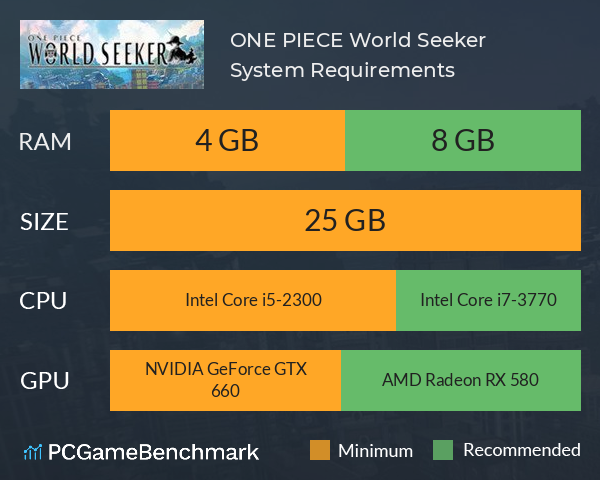
The price of the Core i5 12600K is recommended around $289–$299 on Intel's own website, although that's traditionally not been the price you'll see as a customer on the shelves without discount. In the Core i5 12600K's case, that TBP is 150W. Instead, you'll see PBP reference what used to roughly be the TDP of Intel's processors, and a new Turbo Boost Power (TBP) mark the maximum draw of these chips during certain workloads. You might be wondering why it's PBP and not TDP, and that's because Intel has done away with TDP altogether for the 12th Gen. The Processor Base Power (PBP) of the Core i5 12600K is 125W, the same as the entire Alder Lake desktop CPU lineup to date. The P-Core base clock is actually higher on this model than the Core i9 12900K, however, at 3.7GHz. Its E-Cores will reach 3.6GHz at their fastest, too. That shouldn't be a problem with Intel's promise of overclocking headroom.

The Core i5 12600K sits just below the 5GHz mark on its P-Cores at stock frequencies, which means you'll have to tweak it yourself to push it over that milestone. It's also technically more physical cores than a Core i9 11900K, which as you'll see when we get to the benchmarks, turns this Core i5 into an 11th Gen Core i9 killer.īefore we get to those juicy details, let's cover off the remainder of the Core i5 12600K's specs.īoth P-Core and E-Core share access to 20MB of Intel Smart Cache (元), along with the integrated graphics onboard, which is the new UHD Graphics 770. This chip comes with six P-Cores and four E-Cores, as I have mentioned, which is actually a slight increase in overall core count over the Core i5 11600K.

That's dramatically underselling both architectures' intricacies, but it helps explain the Core i5 12600K's slightly obscure specs. These are built to be efficient, and you can fit more of them onto a chip without taking up too much space. The Gracemont architecture is something Alder Lake borrows from Intel's Atom lineup of low-power chips. Memory support (up to): DDR5 4800MT/s, DDR4 3200MT/s


 0 kommentar(er)
0 kommentar(er)
